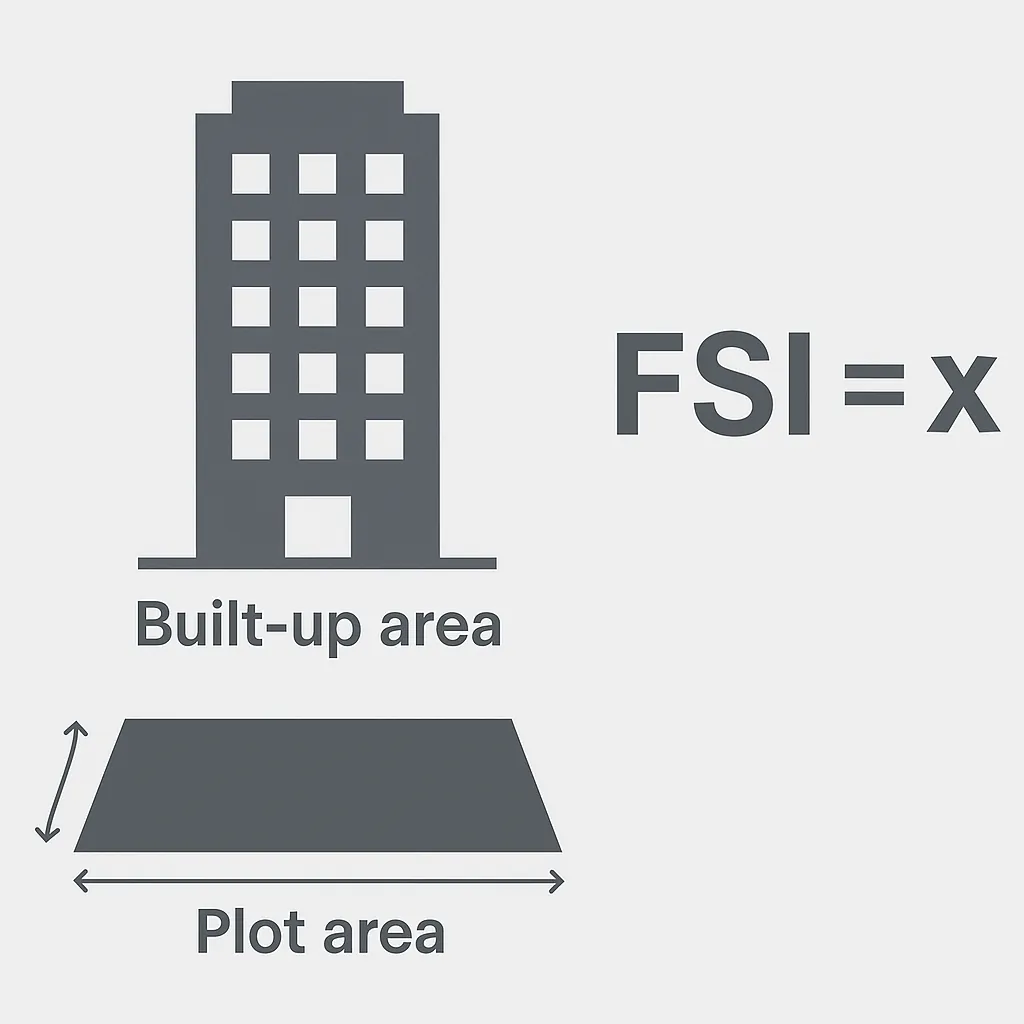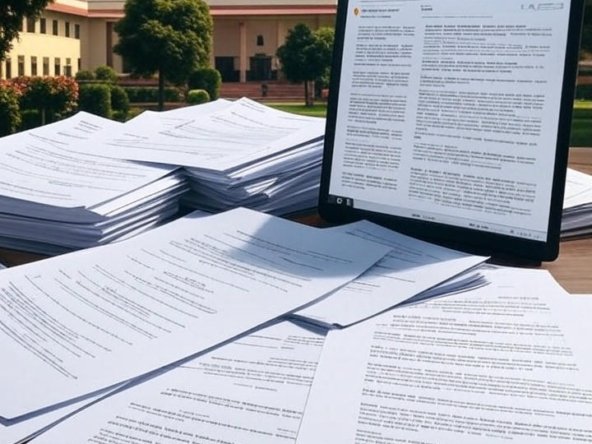What Is FSI in Real Estate? A Buyer’s Guide
As you navigate the property market, FSI in real estate will show up on approval plans, developer brochures, and government portals. Also called Floor Space Index (FSI) or Floor Area Ratio (FAR), it governs how much total built-up area can be constructed on a plot. From a buyer’s point of view, understanding FSI helps you evaluate space, price, and lifestyle impact—so you can make the right purchase decision.
Understanding FSI in Real Estate
FSI in real estate is expressed as a simple ratio:
FSI = Total built-up area ÷ Plot area
- Plot area: The horizontal footprint of land (in sq ft or sq m).
- Built-up area: Sum of all floors (ground, upper, mezzanine), and—depending on local rules—often includes enclosed balconies and basements.
For example, on a 1,000 sq m site with an FSI of 1.5, your developer can build up to 1,500 sq m of floor space. That could be three floors of 500 sq m each or five floors of 300 sq m each, subject to height and setback norms.
Why FSI Matters to Homebuyers
- Defines Your Living Space
A higher FSI often translates to taller buildings or larger floor plates—meaning more units or bigger apartments. - Controls Open & Community Areas
Lower FSI typically preserves gardens, parks, and play areas. High FSI projects may have limited landscaping. - Drives Price Per Sq ft
Developers price apartments on built-up or super built-up area. A limited FSI caps total saleable floor space, pushing up per-sq ft rates in prime locations. - Affects Resale & Liquidity
Well-balanced FSI projects with ample amenities enjoy sustained demand, whereas over-dense developments can face saturation.
How to Calculate FSI: Step-by-Step Example
Suppose you’re eyeing a 2,000 sq ft plot with FSI = 2.0:
- Compute total buildable area
2.0 × 2,000 sq ft = 4,000 sq ft - Distribute across floors
• Option A: 4 floors × 1,000 sq ft
• Option B: 8 floors × 500 sq ft (if height rules permit) - Account for setbacks & common areas
Mandatory corridors, lobbies, and structural walls often consume 10–20% of each floor. Your saleable carpet area might be ~3,200 sq ft after deductions. - Verify saleable area
Confirm with your developer whether the quoted price is on built-up, super built-up, or carpet basis.
Pro Tip: Always request the sanctioned building plan PDF from your builder and cross-verify the permitted FSI and area metrics.
FSI Impact on Price, Space & Livability
| Feature | High FSI | Low FSI |
|---|---|---|
| Density | High | Low |
| Green & Open Spaces | Limited | More abundant |
| Price per sq ft | Higher | Lower spread |
| Community Amenities | Compact | Larger & diverse |
| Infrastructure Strain | Possible | Unlikely |
City-Wise FSI Norms & Bonuses
Municipalities set FSI to balance growth and comfort:
- Mumbai Metro: Base FSI up to 1.33; bonuses for affordable housing and green cover.
- Delhi NCR: FSI ranges 1.0–2.5 depending on zone; premium FSI for transit-oriented development.
- Bengaluru: FSI 1.75 in core areas; additional TDR allowances for heritage conservation.
Action Item: Visit your local urban development authority’s website (e.g., Mumbai DCPR or DDA) to confirm FSI permissions.
Advanced Concepts: TDR & Premium FSI
- FSI Premium: Developers pay a fee to increase FSI beyond the base limit.
- Transferable Development Rights (TDR): Rights purchased from landowners preserving their land for public use, allowing extra built-up area on another plot.
These routes can affect pricing, timelines, and approval complexity. Always ask:
“Does the quoted FSI include any premium or TDR costs passed on to me?”
Buyer’s Checklist: Questions to Ask Your Developer
- What’s the approved FSI value?
- Are prices quoted on carpet, built-up, or super built-up area?
- Can I see the sanctioned plan and FSI sanction letter?
- Is any extra FSI via premium or TDR included?
- What percentage of the plot is dedicated to open/amenity space?
- How many apartments share a lift lobby/floor?
Frequently Asked Questions About FSI
Q1: Is FSI the same as built-up area?
No. Built-up area is the actual floor space constructed, derived by applying FSI.
Q2: How does FSI affect maintenance charges?
Higher FSI often means more common area—expect slightly elevated society charges.
Q3: Can I request changes to FSI after RERA registration?
No. FSI values are fixed once municipal approvals (and RERA filings) are complete.
Conclusion
From a buyer’s perspective, FSI in real estate is a powerful indicator of space, cost, and community quality. By understanding the Floor Space Index, verifying approved plans, and asking the right questions, you ensure a confident purchase—balancing the allure of prime locations with your lifestyle needs.
Next Steps:
- Review FSI details on the RERA portal for your state.
- Compare FSI and pricing across 2–3 nearby projects.
- Discuss FSI implications with your real estate advisor before signing the agreement.
Enjoy your search—and may your next home hit the sweet spot between space and convenience!




